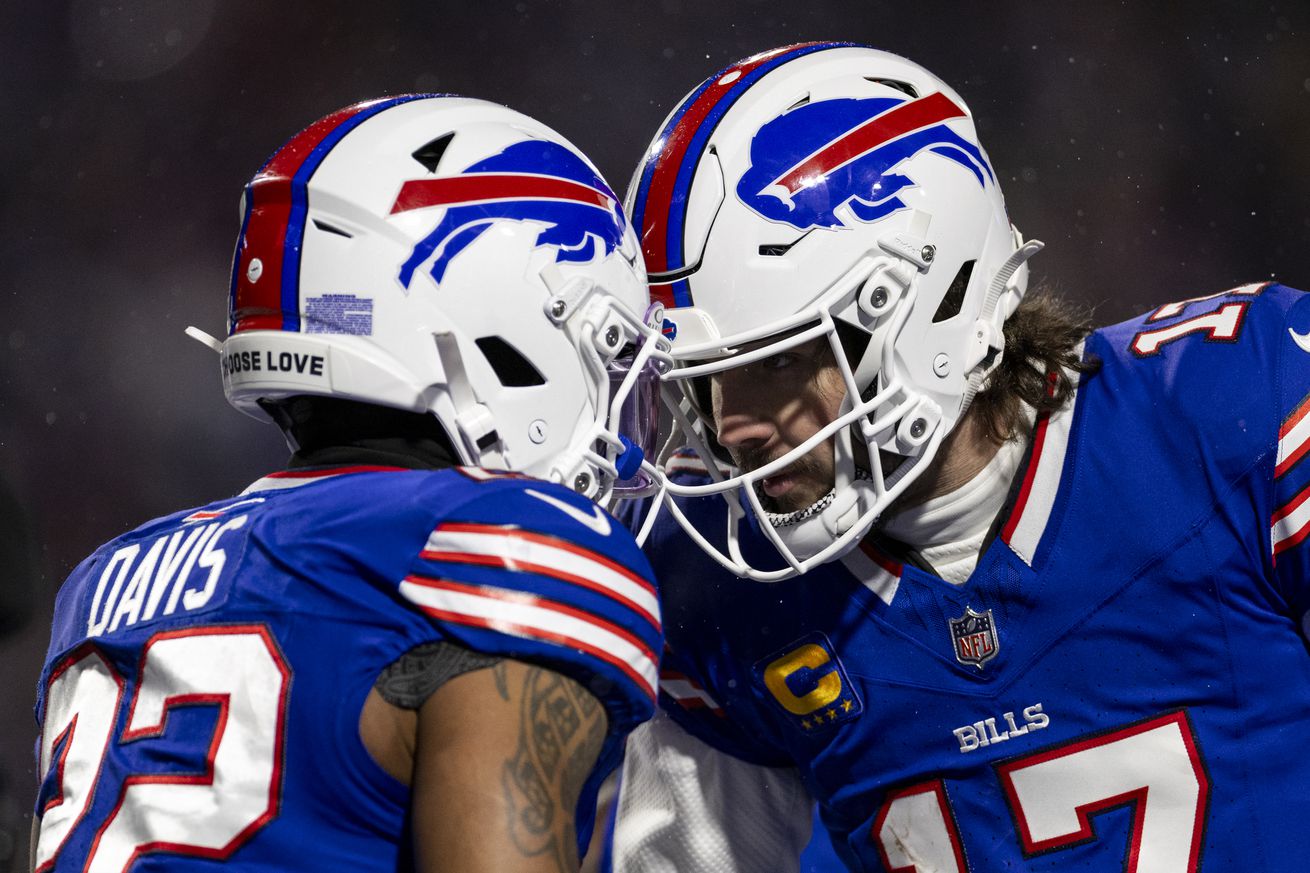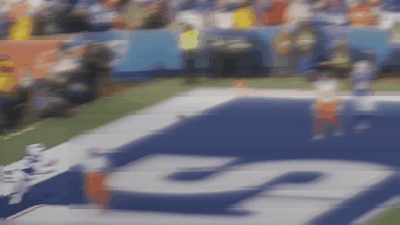
A step in the right direction but a journey of a thousand miles
One of the most common laments among NFL fans is how often we perceive the officials getting things wrong. A rallying cry for all fan bases is the declaration of “if only…”
As innovation rapidly approaches the Terminator-line, one of the most common “if only” statements is something like “If only those aging, blind humans could have their jobs taken by technology.” Well the NFL took a step forward with that wish, officially adopting the use of Sony’s Hawk-Eye system to measure first downs.
Naturally I’m here to rain a bit on that parade, citing how technology still has a long way to go to reach what fans really want.
A little backstory
Josh Allen is rapidly becoming the poster child for NFL rule changes. After the Buffalo Bills lost a playoff game in overtime the coin flip was blamed. The league changed the overtime rule to allow both teams to have the ball in the postseason the very next year.
Josh Allen was called short of the line to gain in the AFC Championship Game. Replays looked like things favored Buffalo. The league adopts Sony’s Hawk-Eye system the following year.
Being candid, I would be delighted to think Josh Allen is such a driver for the league that he single-handedly caused rules changes, but alas the Hawk-Eye system was being tested all along and getting deployed for launch.
When it comes to technology, the NFL likes to trickle things out rather than risk blowing up the game. Like did you know there already is a chip in the ball? Has been for awhile. How do you think all those Next Gen Stats are done? The players have them too. The NFL expanded the replay booth authority — like they do little-by-little each season.
The Hawk-Eye is this year’s trickle. Next year we’ll see another. On to my main point: We’re a long way from technology being the cure-all we hope for.
Why is that exactly, Skare?
I’m glad I asked myself that in a flimsy excuse for a transition to another section of the article. It’s really simple, actually. The SPOT of the ball will still be called by officials on the field. Hawk-Eye will measure if Spot B is x distance past Spot A.
Here’s a quick example. Spot A is Buffalo’s 25-yard line. Let’s say it’s 2nd & 15 after an incomplete pass and a false start. Spot B is Buffalo’s 40-yard line. The cameras will calculate if Spot B has been reached after a play is ran. Crucially, both Spot A and Spot B will still be decided by those same aging, blind humans many fans detest.
Wait, why? Here’s why in a single GIF.

I’m sure you all remember this play. Look at that “celebration.” Not even Ty Johnson thought this was a touchdown. Let’s break down the number of elements that have to be analyzed in real time in addition to “where is the ball.”
- Possession of the ball
- Location of every extremity of the player possessing/attempting to possess the ball
- Boundary lines
- Contact with other players
- Forward progress
- A crap ton of other rules
Yes, the ball was in bounds. Yes, most of Ty Johnson was in bounds. But what of the toes hovering over the white paint? When did possession occur? What body parts were touching the blue turf when that happened? Many questions that Hawk-Eye and similar technology is not currently able to answer in real time.
Now add in the “what if” of a play like this occurring in traffic, outside the eyes of our soon-to-be robotic overlords? This is why the NFL is introducing solutions at a trickle pace. Add a new element, refine it, on to the next element.
This year is the Hawk-Eye system to measure the distance between Spot A and Spot B. Next year it might be similar tech to help make rulings at the boundaries. Perhaps someday the aging, blind persons will have their jobs taken by cold, calculating technology. The 2025 NFL season will not be that day.